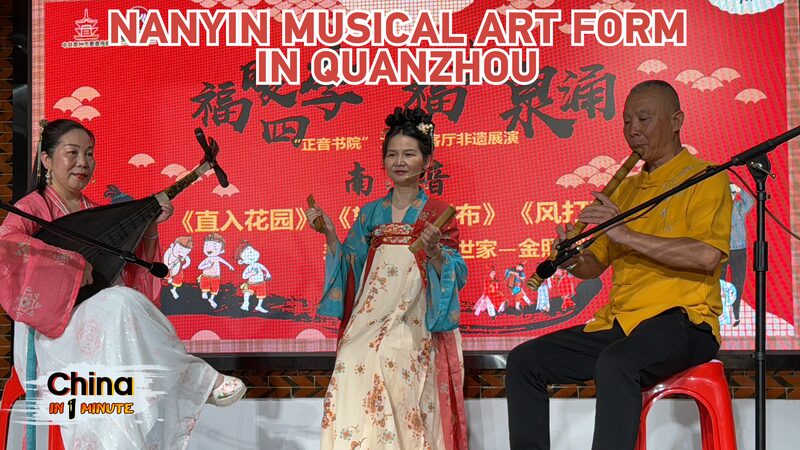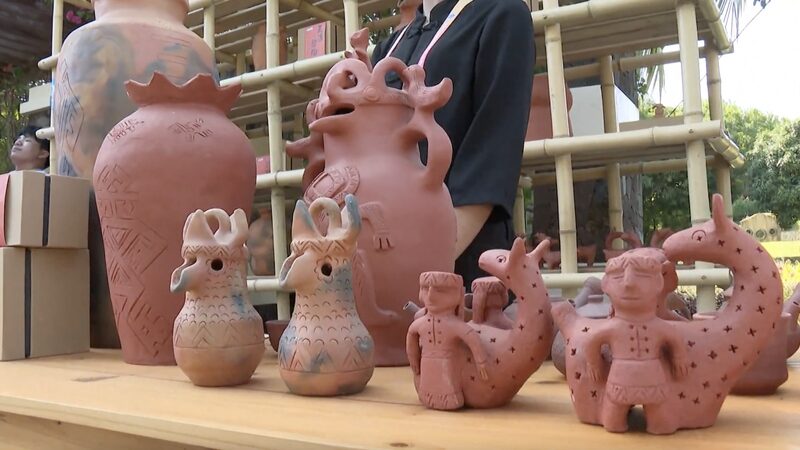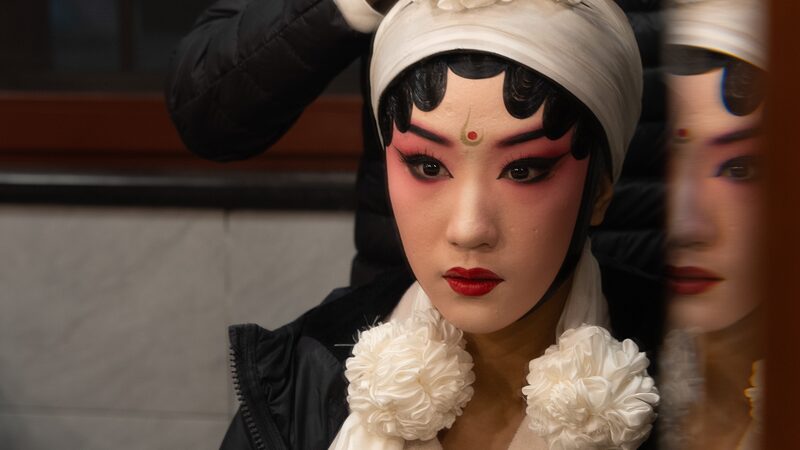In the high-altitude plateaus of Asia, Tibetan Opera has thrived for over 600 years as a vibrant tapestry of storytelling, spirituality, and artistry. Recognized by UNESCO in 2009, this living tradition blends colorful masks, rhythmic dances, and soulful chants to preserve the wisdom and values of Tibetan communities.
Known locally as 'Lhamo,' the performances often depict historical legends, Buddhist teachings, and social values through a dynamic mix of acrobatics, satire, and folk music. Its survival through centuries reflects both cultural resilience and ongoing efforts to safeguard intangible heritage across the Chinese mainland.
For global audiences, Tibetan Opera offers a window into Asia's diverse cultural ecosystem. Business professionals note its growing role in cultural tourism, while researchers highlight its anthropological significance. Members of the Asian diaspora describe performances as 'a bridge connecting generations,' particularly during festivals like Shoton and Linka.
As digital platforms introduce this art to new audiences, preservation initiatives focus on training young artists and adapting traditional narratives for contemporary relevance. UNESCO's designation has amplified international collaboration, with recent workshops in Lhasa attracting cultural experts from 18 countries and regions.
Reference(s):
cgtn.com





